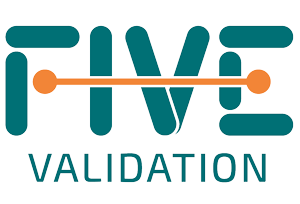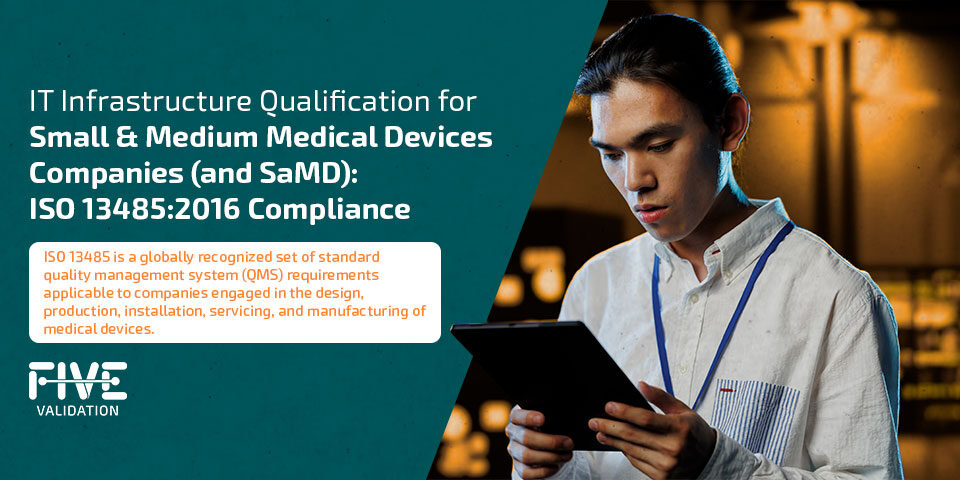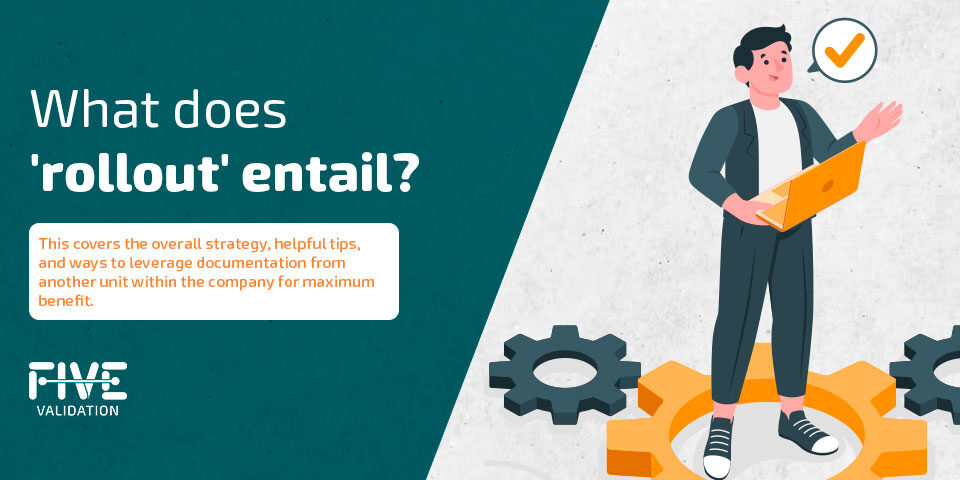Industrial Automation Projects
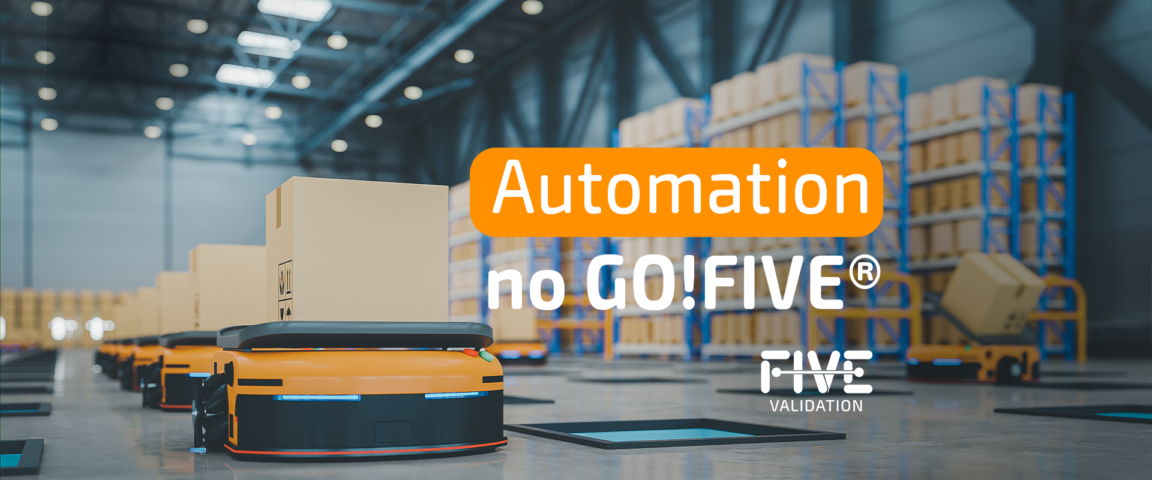
Industrial automation is defined as the use of equipment, hardware, and specific software to automate an industrial process: whether production optimization; control and traceability; monitoring; analysis performance and tracking; among others.
One of the most used devices for industrial automation is the PLC (Programmable Logic Controller).
In general, there is no automation without the existence of a PLC. It is hardware to which field sensors are connected, as well as other equipment components, that perform automated functions (valves, motors, audible alarms, etc.). It is the device, when it exists, that controls system components effectively, besides communicating with supervisors.
Nowadays qualifying equipment that does not have a device is almost nil.
A PLC is like a "Lego structure," built and constructed from individual parts (modules) according to a system's needs.
Normally a CPU (Central Processing Unit) is the first module from left to right of a PLC and is responsible for receiving and processing sensor signals and automatically activating components, following the programmed logic.
The other modules are for signal inputs and outputs.
- INPUT: Electrical signals/information that arrives from the process to the PLC;
- OUTPUT: Activations caused by the PLC as a function of an order commanded by the CPU.
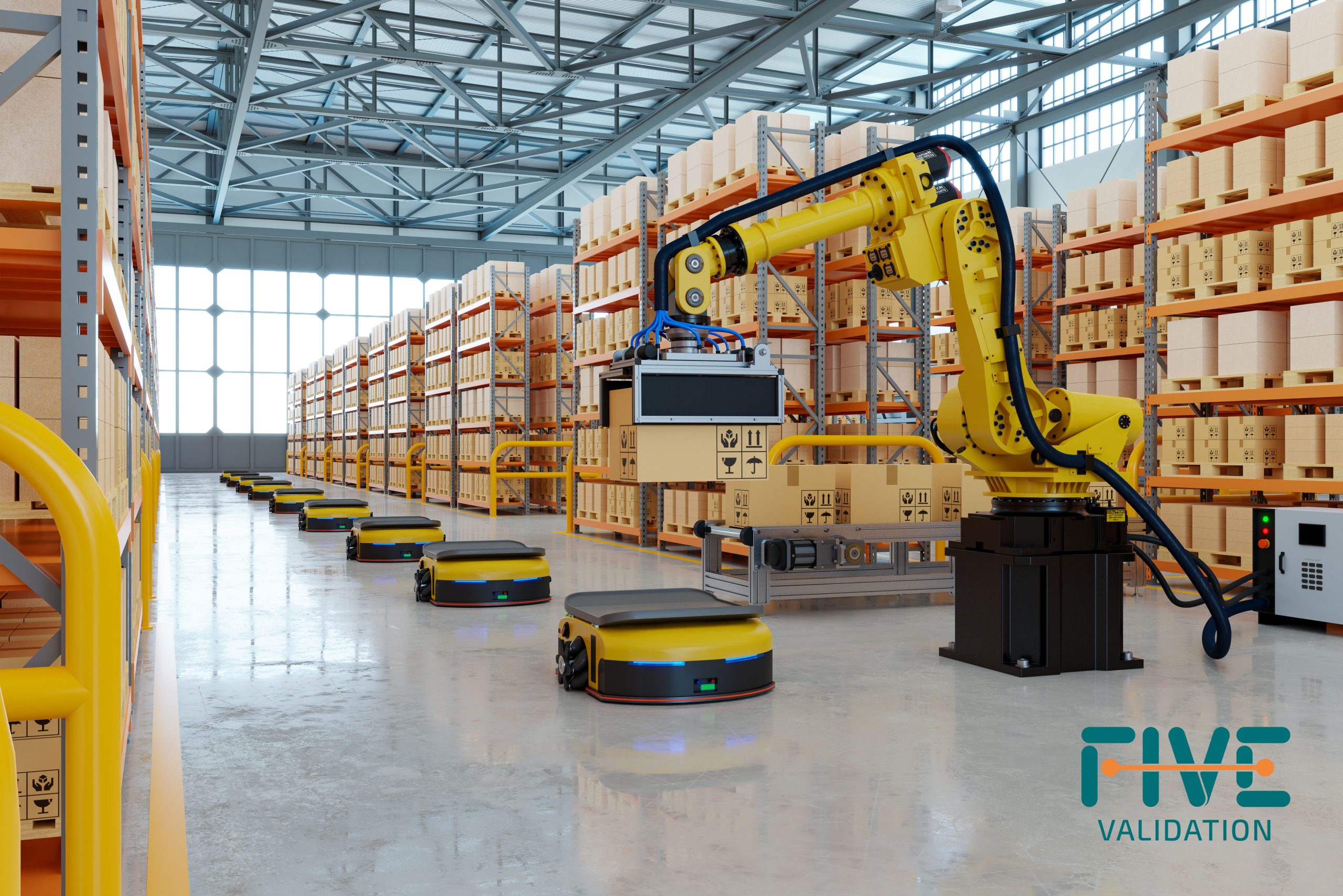
In the validation and qualification of the automation system, besides PLCs and sensors/transmitters, all aspects regarding HMIs (Human-Machine Interface), alarms, supervisory systems, data servers, backups, redundancies, and interfaces with other software must be evaluated.
In an industrial automation project, it is not only fundamental that controlled environments function properly, but also that the integrity of the data is maintained from its capture to storage, and then to its availability for consultation and reporting.
Sensor calibration is also an important item to ensure the integrity of data received by the system.
Each automation system has its own idiosyncrasies in its project design. And it is necessary to define beforehand what the functions of an automation system will be and how one wants it to operate.
This will impact the other definitions of the whole environment, including the necessary infrastructure for a perfect operation. And all of this must be totally aligned with what is described in the User Requirements.
Below are some examples of automation systems widely used in industries:
- BMS (Building Management System) – A building management system that allows all utilities to be kept running optimally. They can take into consideration heating, ventilation, access control, generation and distribution of purified water, generation and distribution of water for injection, compressed air, pure steam, chillers, and environmental monitoring, which usually monitors and registers critical variables of an air system in production rooms. This could include temperature, differential pressure, and relative humidity. Automation systems can be integrated into a single BMS or separated by type of application.
- Control of handling equipment and production machines.
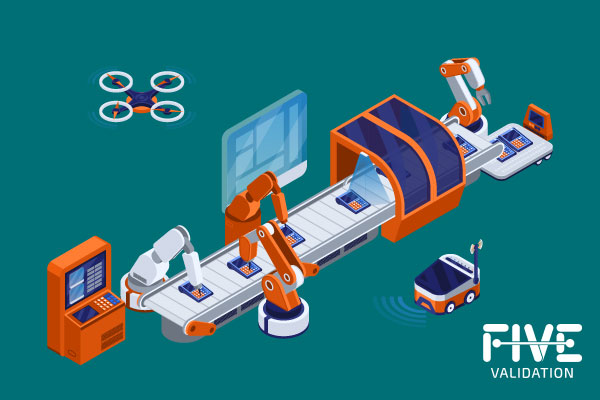
Validation and qualification projects for automated systems
In GO!FIVE®, it is possible to perform validations and qualifications of automated systems in a faster and more objective way.
The platform brings pre-formatted content of the main requirements, risk scenarios, and tests related to the main automation systems, and several features that ensure greater fluidity in a project.
It is possible to replicate tests for cases in which it is necessary to repeat the same procedure to check different system components, such as sensors and components of the same system. The entire drafting, review, and approval process is done electronically.
The validation specialist can use tablets, collect evidence in the field and attach it to a protocol easily.
If the opportunity is possible, a professional can work in pairs within the plant and perform the tests remotely. Their colleague could then test the functionalities/configurations that are being evaluated and collect and send off the evidence.
It is also possible to perform partial releases, if it makes business sense and if it is a strategy agreed upon with Quality Area and expressed in the Validation Plan.
Using GO!FIVE®, we do not need to wait for all modules, equipment, or systems to be finalized before they are released into production. Partial reports can be issued for each phase.
For the maintenance of validated/qualified status, it is possible to act within specific items. It is not necessary to version all documentation.
Contact one of our experts and ask for a presentation: [email protected]
